Clumping seedlings have always been very popular. Which varieties do you think are good?
Clustered seedlings have always been very popular because of their unique landscape effects, which have won the favor of engineering project designers. For seedling producers, clustered seedlings are not only a means of destocking in nurseries, but also an effective way to increase product types and adjust the listing cycle of seedlings in nurseries, providing more possibilities for nursery operations. Here are some popular clustered seedlings for your reference: ↓↓↓
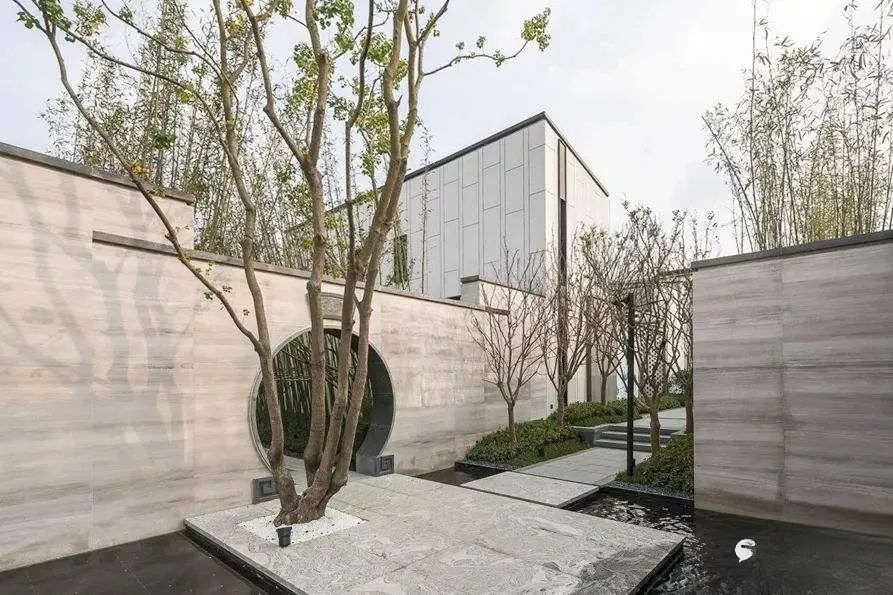
Mongolian oak is an excellent tree species for building windbreaks, water conservation forests and fire prevention forests. It is suitable for single planting, clump planting or mixed forests with other trees. It can be planted as a landscape tree or street tree in the garden. Those with good tree shape can be planted as a single tree for ornamental purposes. Clustered Mongolian oak refers to Mongolian oak with 3 or more branches.
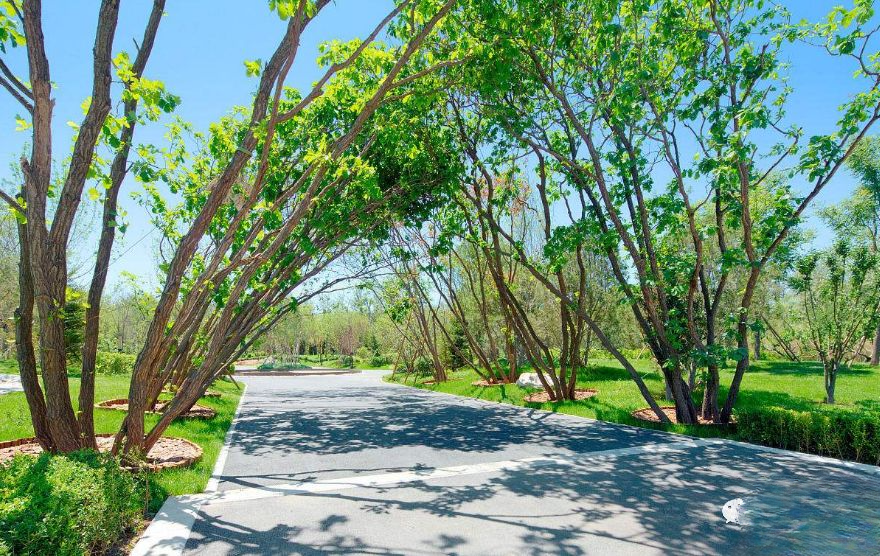
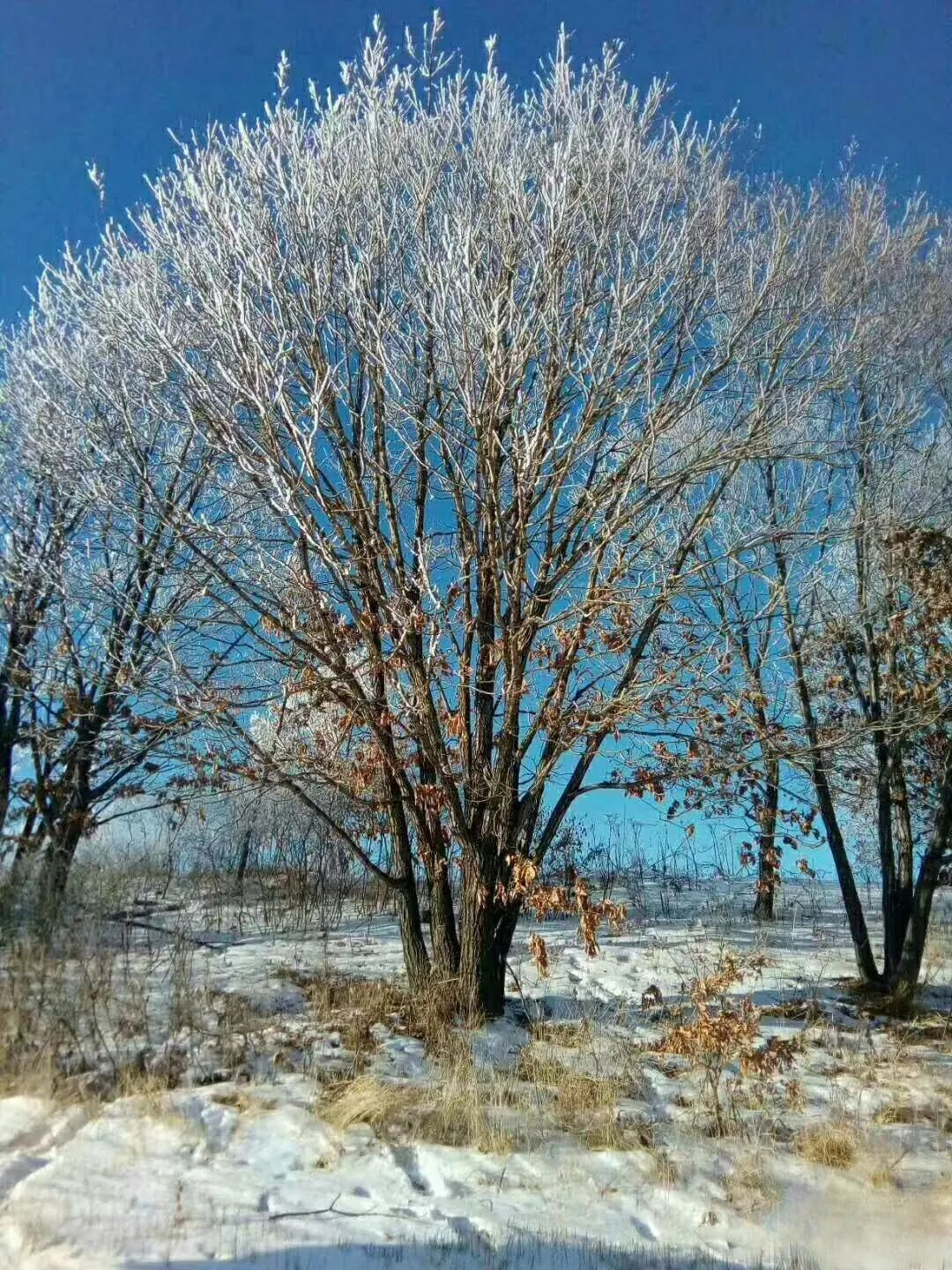
Fraxinus fasciatus has the characteristics of round crown, long green period, beautiful tree shape, few large branches, abundant and slender twigs, narrow and smooth leaves, fast growth, etc. It is suitable for urban afforestation and greening and has high ornamental value. It has a good ornamental effect when planted in pieces or dotted on the lawn, giving people a sense of heaviness.
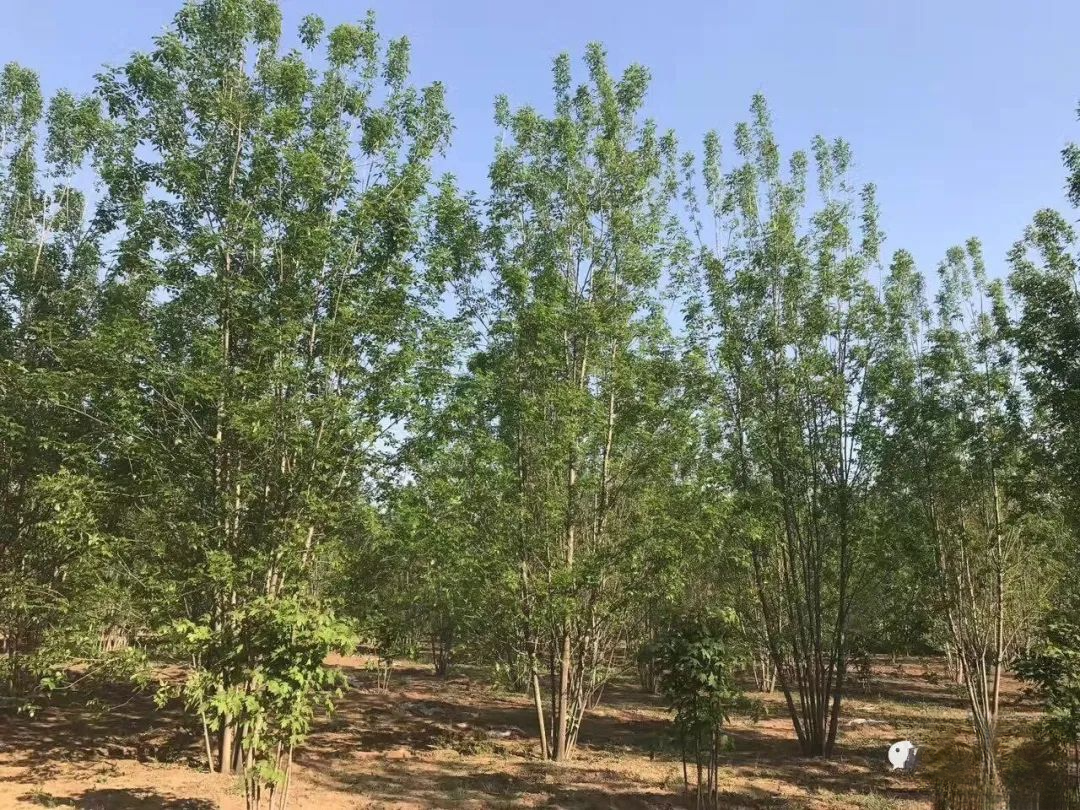
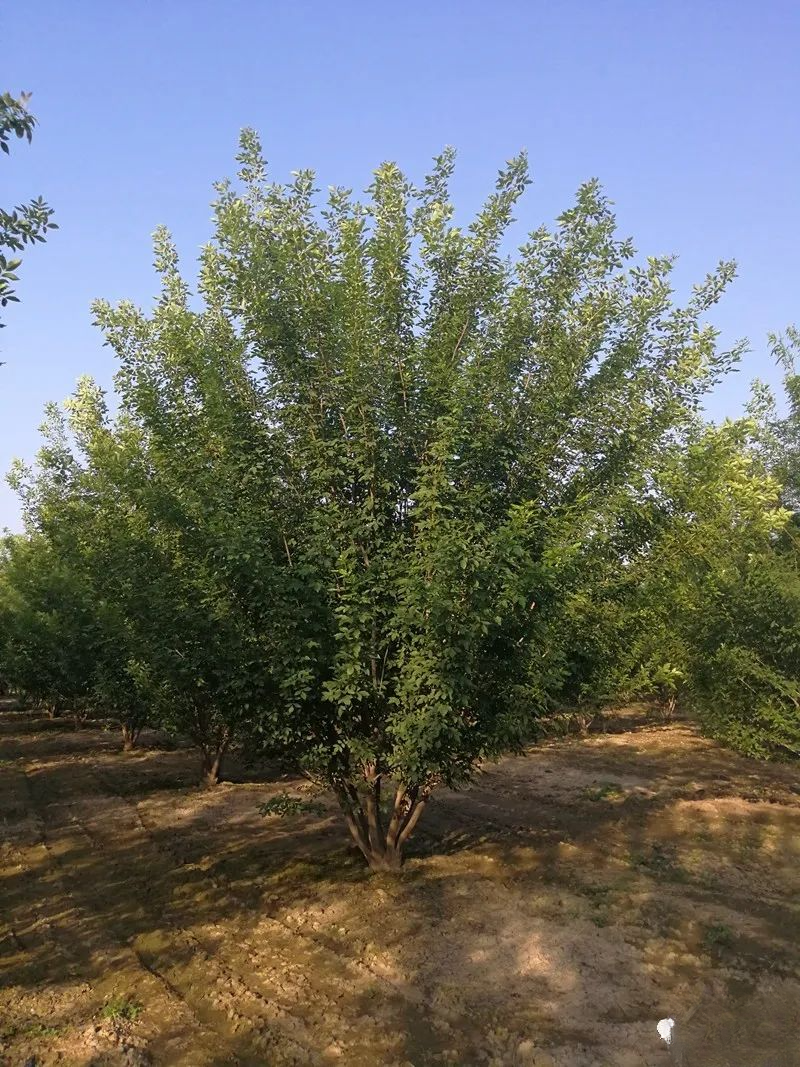
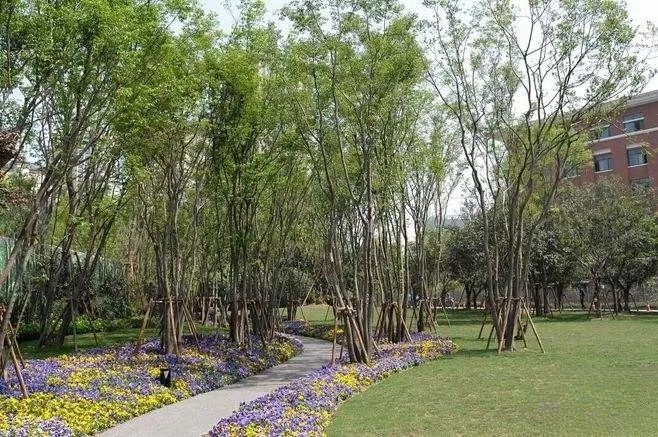
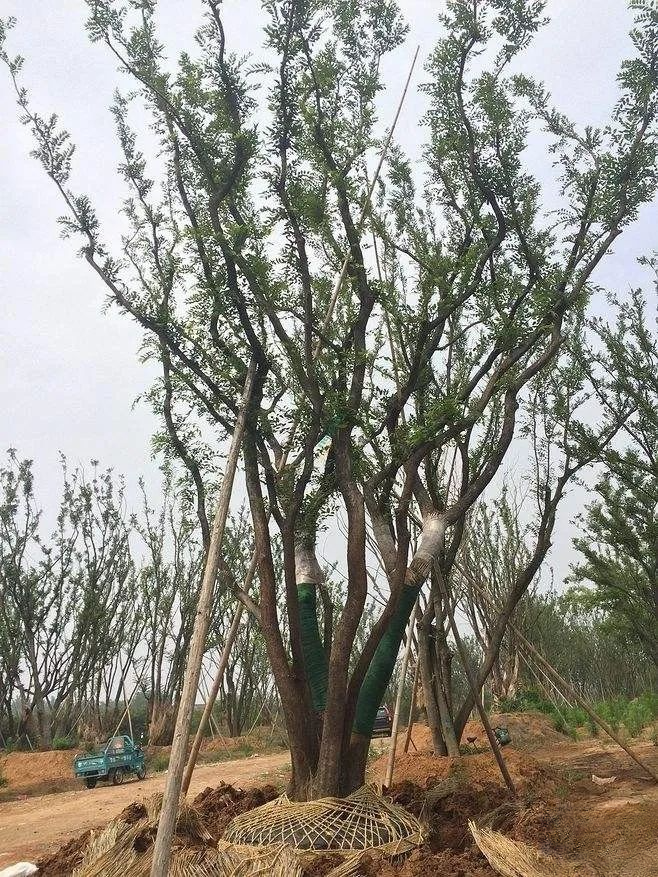
The trunk of the maple tree is straight, the flowers are fragrant, the fruit wings are beautiful red in summer, and the leaves easily turn bright red in autumn. The winged fruit is also bright red and lovely before it matures. It is a good garden ornamental tree species, and can also be planted as a hedge, small street tree, screen, clump planting, and group planting. It is more shade-tolerant than other maple trees. It has strong sprouting ability and can be potted.
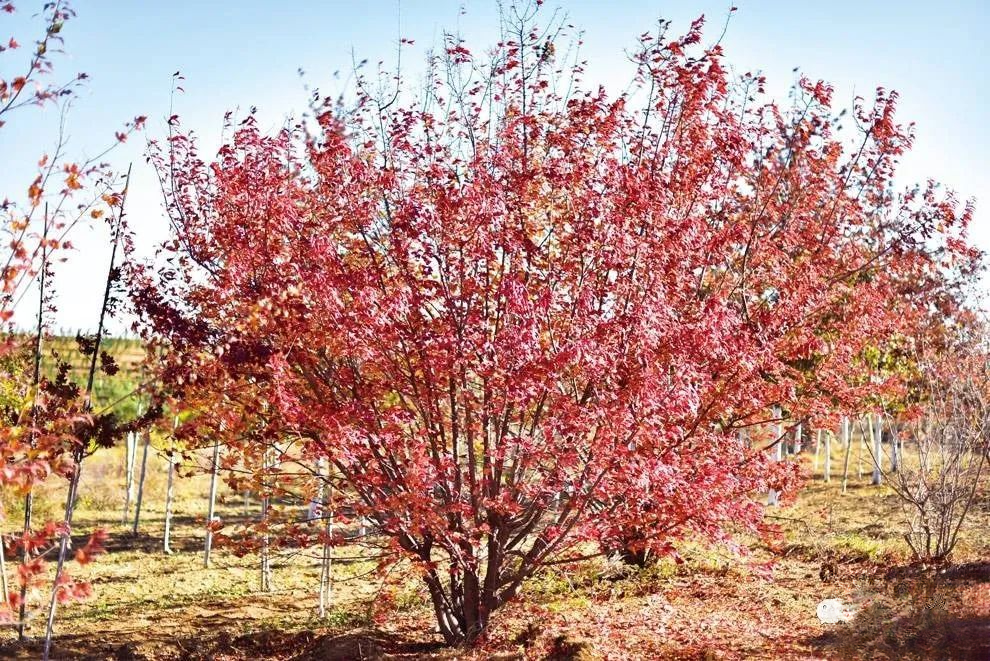
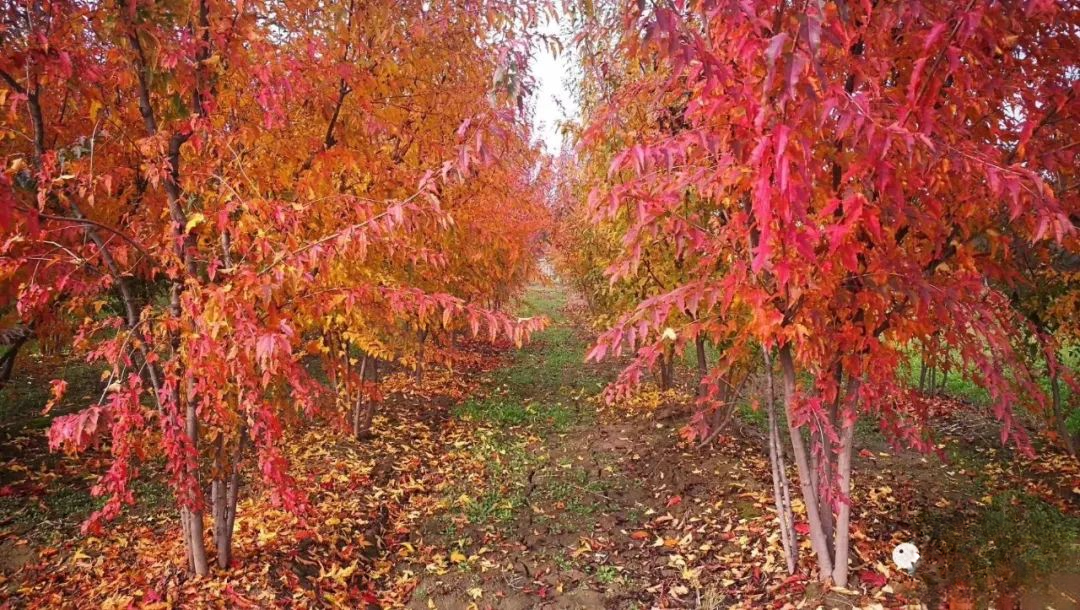
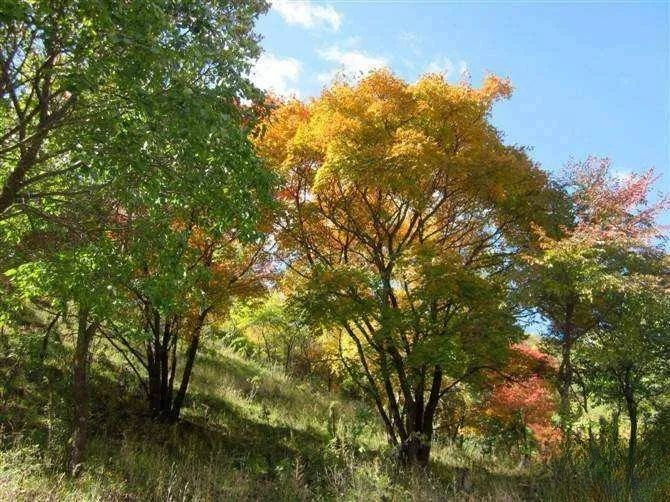

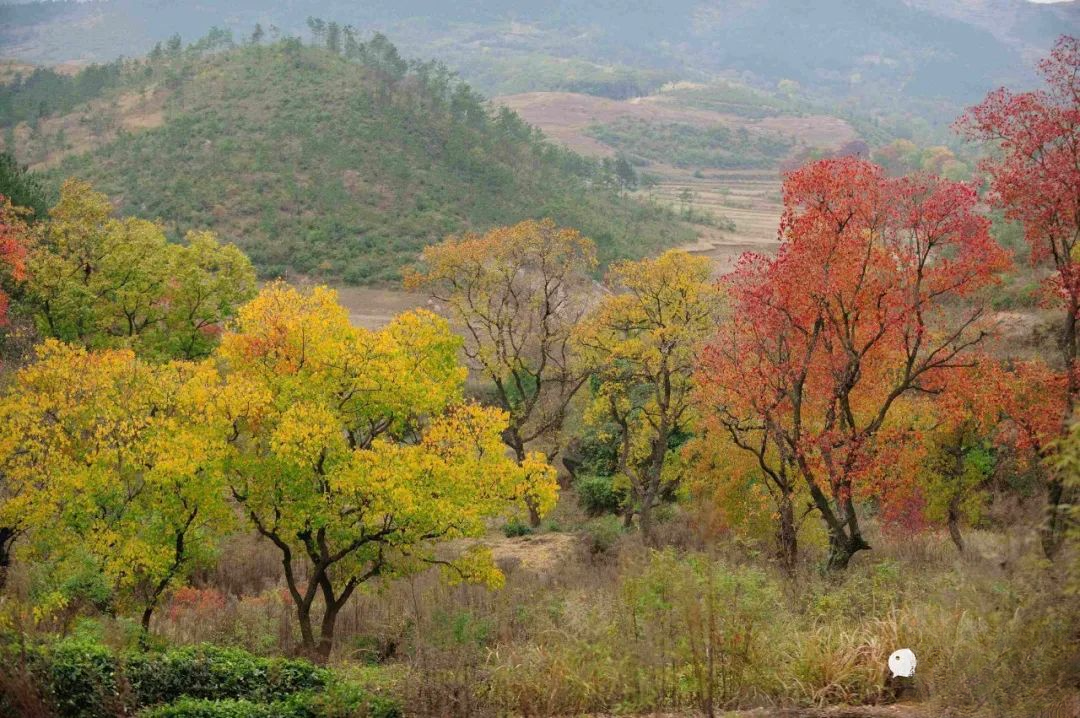
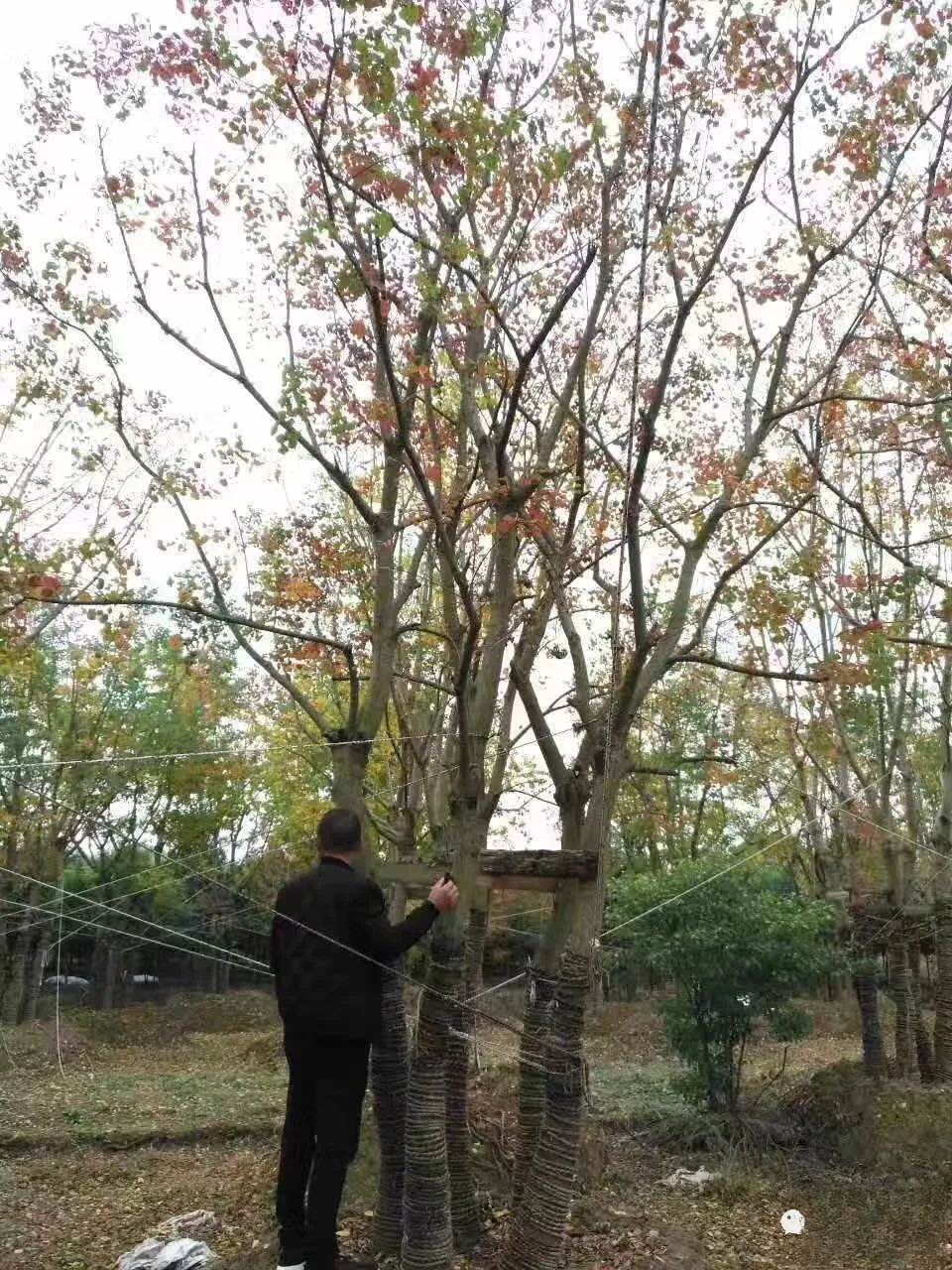
In the process of seedling cultivation, we should not blindly pursue clustering. It is irrational to plant all kinds of trees without paying attention to the properties of the tree species themselves. For example, some tree species with obvious trunks, strong uprightness and compact plant shape are not suitable for cultivating clustering seedlings. In addition, container clustering seedlings may be more economical and convenient, which not only increases the value, but also facilitates management, sales and survival rate.
More cluster tree appreciation
▼▼▼
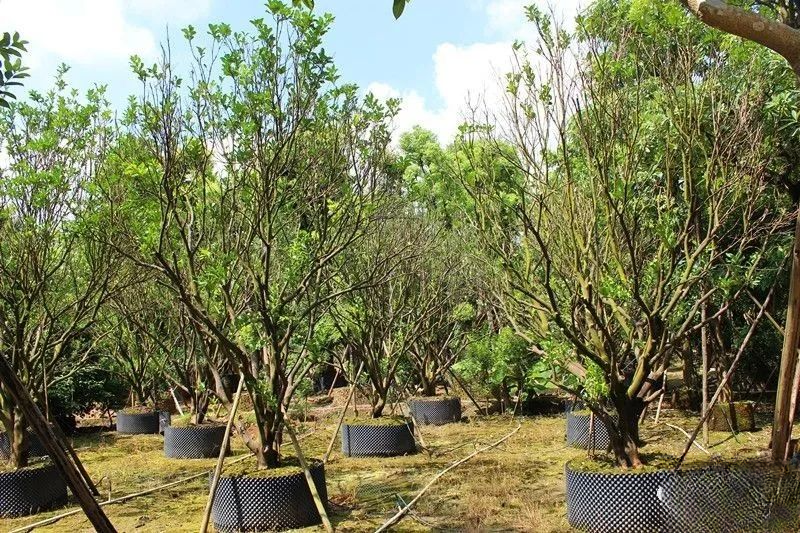
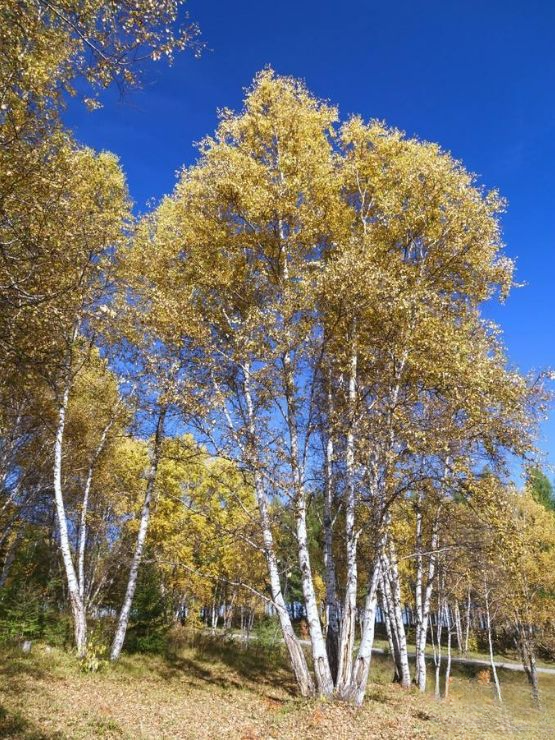
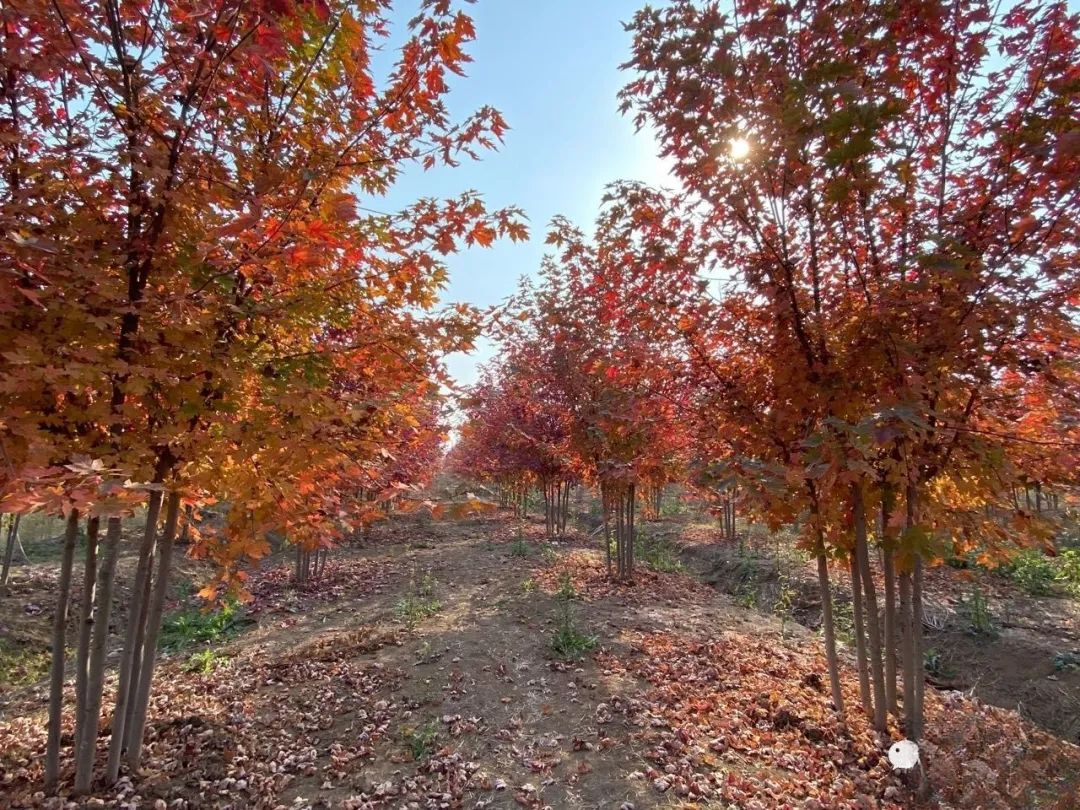
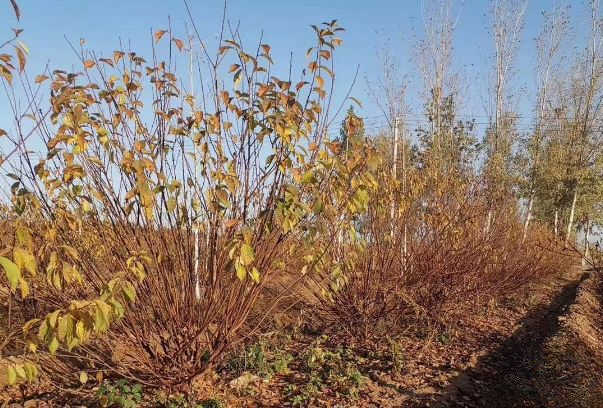
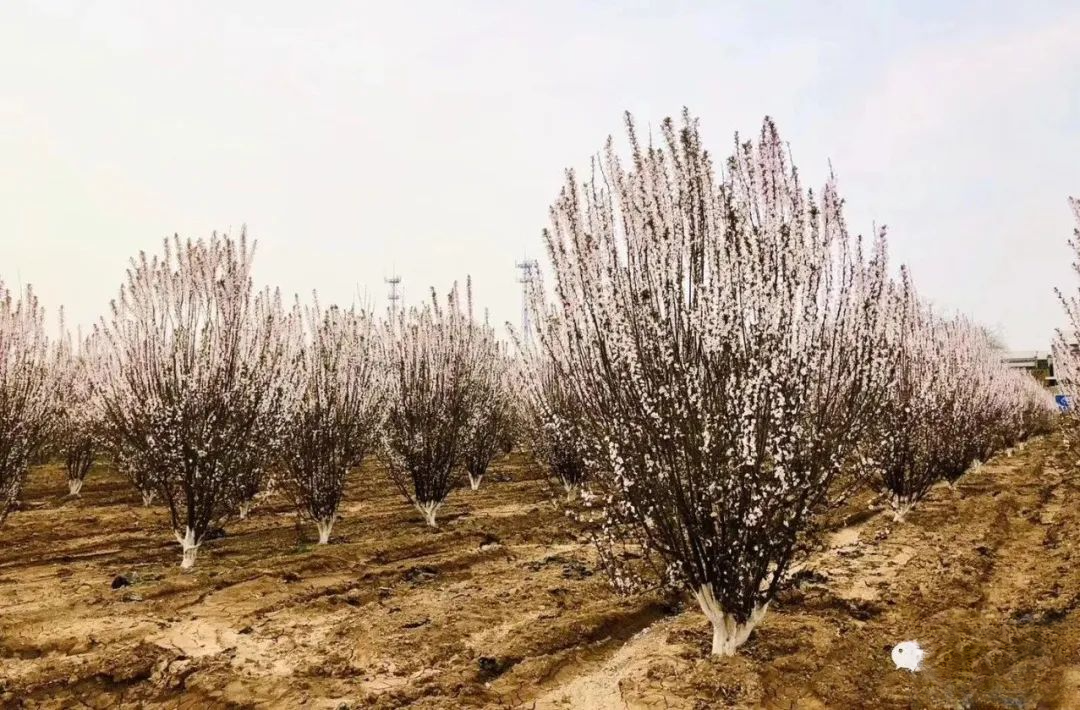
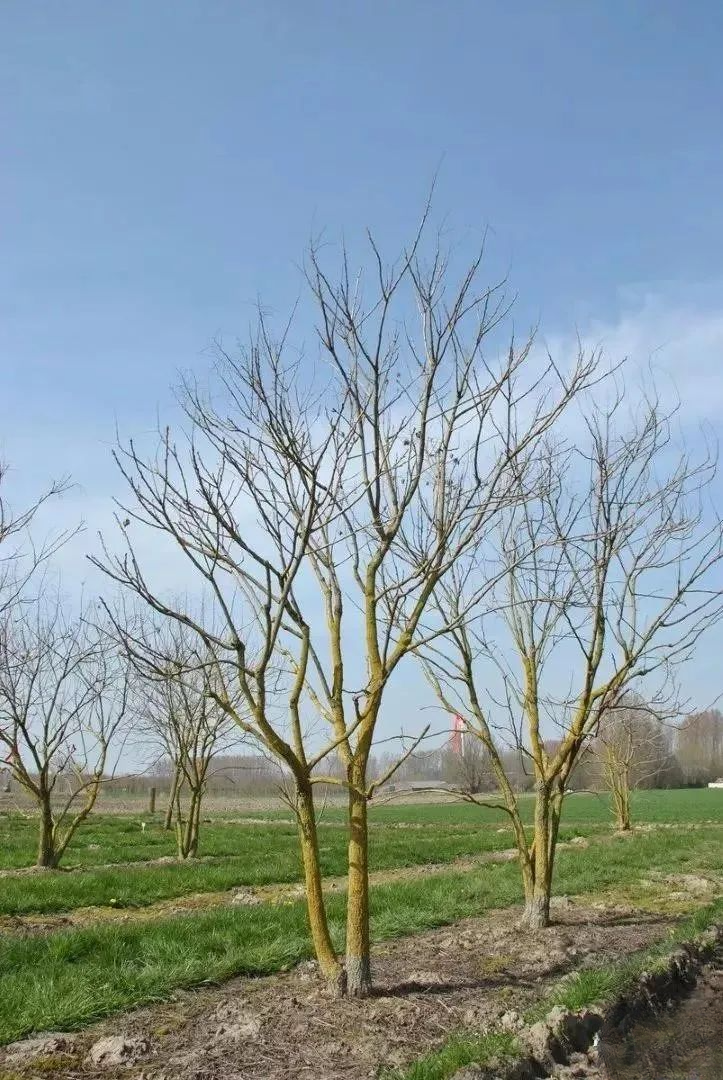 △Clustered Koelreuteria paniculata
△Clustered Koelreuteria paniculata
